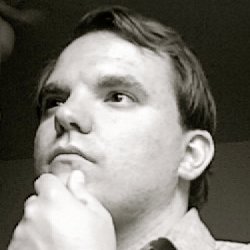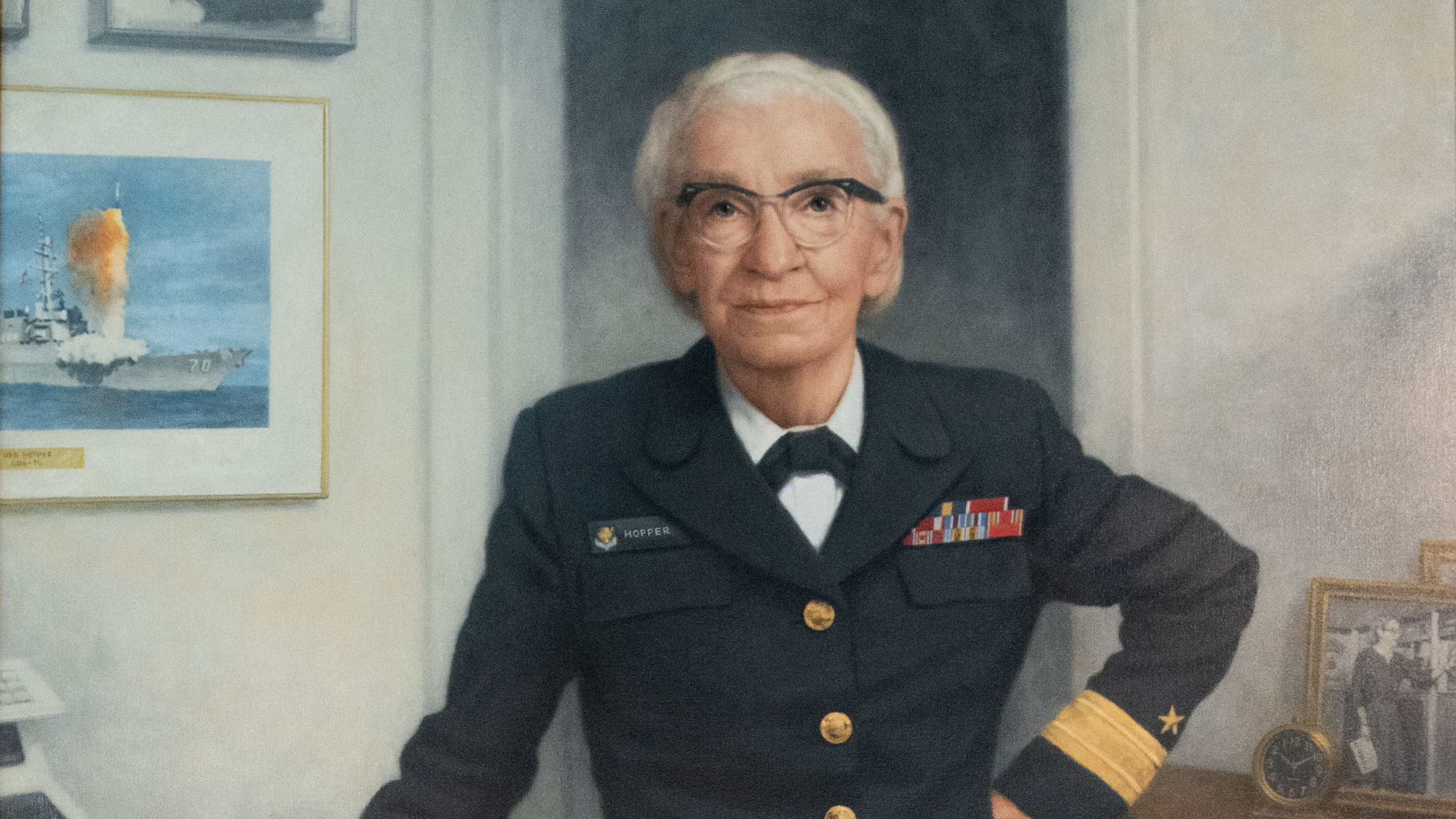
As I looked out the window of my plane at the sun setting on the horizon, turning the clouds a deep red, I began piecing my thoughts together for this final blog post on CSCW ’10. In Time Travel is Now Possible and Investigating Old Problems in a New Light, I focused my posts on a general overview of the conference papers being presented and in this post I am focusing on just one talk (it was all I was able to attend on the final day due to a flight and some other obligations).
My first attempt at mentoring a CHI student design competition team was in 2008 when the design problem was to develop a system, service, etc. that aided the homeless in some fashion. While I have helped mentor teams in 2009 and for the most recent (2010) competition, this topic is still my favorite of the three. As such, I was excited to see that one of the papers at CSCW would look at the technology use of homeless in more detail than the typical timeline of the student design competitions allow. The paper, Survival Needs and Social Inclusion: Technology Use Among the Homeless presented by Jahmeilah Roberson and co-authored by Bonnie Nardi (University of Califoria – Irvine) involved participatory observations of individuals living in Los Angeles’s Skid Row with a focus on individuals participating in the skid row photography club. The researchers found that individuals used technology to help them survive, such as one man who had been homeless for six months and used Craigslist casual encounters section to find a place to stay for the night (where they would not know he was homeless) and take a shower. Additionally, members of the skid row photography club saw it as an outlet for social inclusion where they could use their photographs of sunrises on the beach and other images to show that there really is not much of a difference between individuals with and without homes. The final takeaway from this talk was that socioeconomic status does not appear to be an indicator for what types of technology are used nor how they are used.
On a closing note on CSCW, there was a decent amount of discussion at the conference about both the number of systems paper and the number of papers that did not deal with “capital ‘w’ work” (e.g. paid work, with a decent amount of papers dealing with topics of relationship). I will admit that I was also somewhat disappointed that there were not more system papers and that the balance seemed more in favor of little ‘w’ work, but I do applaud the conference organizers on experimenting with the conference and accepting a wide range of papers. Hopefully, I’ll make it out for CSCW ’11 in China next year.
Michael A. Oren is a Ph.D. student at Iowa State University co-majoring in Human-Computer Interaction and Sociology (where his emphasis is on sociological theory). He has a B.A. in computer science and English (creative) writing from DePauw Universityand a M.S. in Human-Computer Interaction from Iowa State University.



Join the Discussion (0)
Become a Member or Sign In to Post a Comment